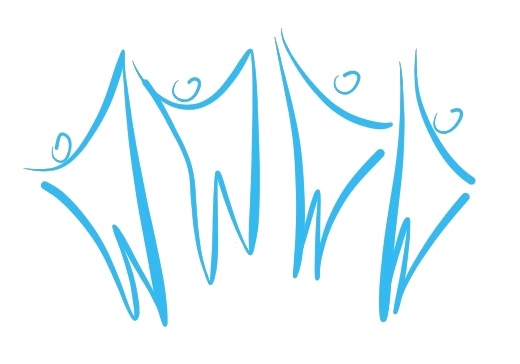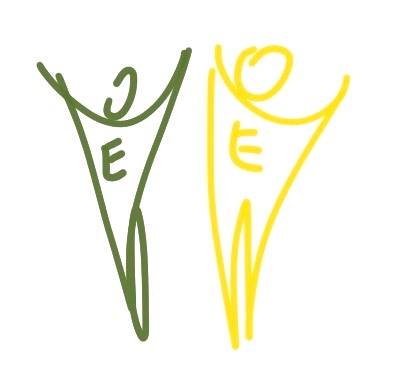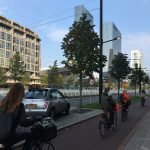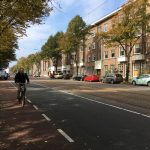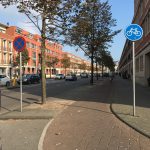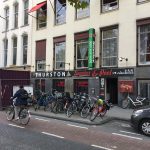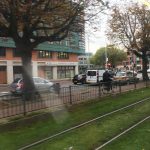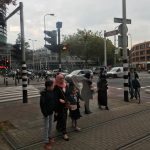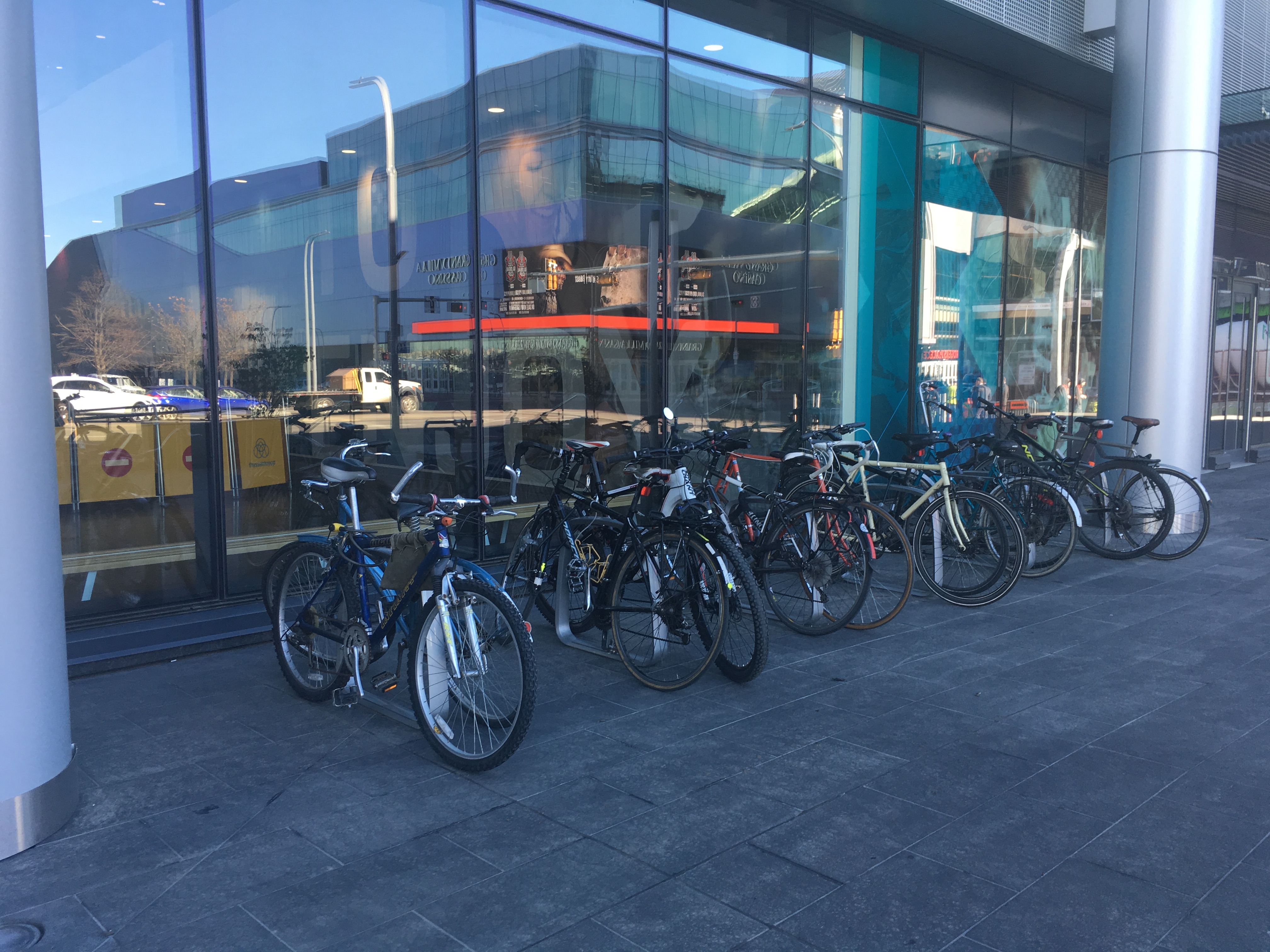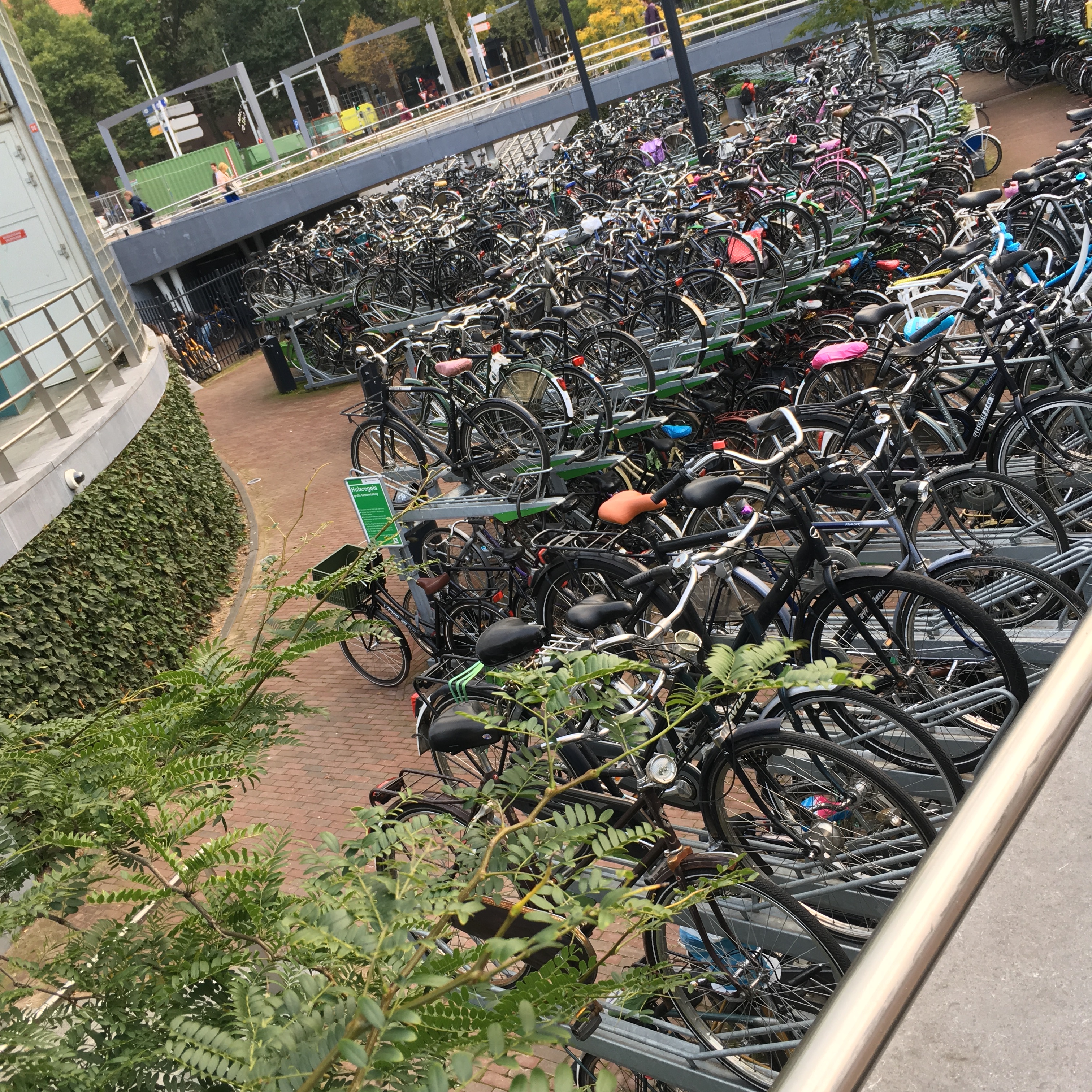I’ve met 12 fabulous new people over the course of the last several months in an online learning environment. We have gathered around a host-attractor, in the host-attractor pattern, and we would not have met if we were not attracted to our teacher and his offering. As a host-attractor, our teacher has laid the ground for a safe space for participants: he met each of us to make sure we were clear about what we were signing up for, he provided us with some guidelines and agreements about how we were expected to behave, and he makes himself available to each of us on our learning journeys (we are together for 9 months). Each time we meet as a group, he takes the lead and hosts us. He is the leader of the overall process at all times, gracefully checking in to make sure that what is happening is working for us, and offering us timely ‘teachings’ along the way.
In the host-on-the-rim pattern, the deepening of community field comes with a distribution of leadership. I first came across this explicitly as part of a community of practice ten years ago (the Ginger Group Collaborative) that gathered face-to-face every 9 months for an ‘inquiry’, a gathering where a small team of hosts would host the others in an exploration of a topic for several days. The next time we’d meet, another small team of hosts would emerge, and so on, as a community on a journey of discovery.

It’s not one or the other though; it’s a process of discerning what is needed of me/us now.
My last post identified the energetic qualities of the host-attractor and the host-on-the-rim patterns, highlighting the differences about what brings us together, what happens, the shape of hierarchy and our sense of community. It’s not one or the other though; it’s a process of discerning what is needed of me/us now. I ended that last post with two questions:
- As a host I ask: what pattern will best serve the purpose of the gathering – more host-attractor, or more host-on-the-rim?
- As a participant I ask: is the pattern we are activating the pattern we want to be in?
Roles and responsibilities
Thinking of the host-attractor and host-on-the-rim patterns as poles on a continuum (not either/or), there are distinct roles and responsibilities for each that, by knowing them, can help us be in the pattern we choose to be in:
| Host-attractor | Host-on-the-rim | |
| Roles | A fixed host that leads the process at all times
Participants – engage actively in the learning experience with care for each other |
Variable hosts that each lead the process from time to time
Participants – engage actively in the learning experience, which includes stepping in to host from time to time |
| Responsibilities | Host – lay the ground rules or agreements for a safe container for the community, help people show up well, remove participants as needed
Participants – discern if the community and agreements are good fit (yes – show up well, no – remove oneself) |
Participants – establish a clear purpose for the group and the agreements about how to be together, take turns hosting each other, hold each other accountable to your agreements, notice if you fit
Rotating hosts – remind the group of purpose and agreements, host in ways that serve what the community needs, help make space for those that don’t quite fit |
| To Note: | Roles are clear and familiar and feel comfortable
If someone does not fit it is clear who will ‘deal with it’ |
Roles can be or feel vague, which feels uncomfortable
If someone does not fit, it is not clear who will ‘deal with it’ |
Challenges
The challenges with both patterns stem from misunderstanding the roles and responsibilities of hosts and participants. If not addressed, there are power imbalances that make the circle feel wobbly.
In the case of the host-attractor pattern, there may be expectations of host-attractors to ‘have the answers’ and disappointment and conflict can arise if they do not have or offer answers. There is a trap that both hosts and participants can fall into: a desire for the insight of the host-attractor to be made available. I recently hosted a group of people from two organizations joining efforts to build affordable housing together and the members of one organization, a church, deferred regularly to “The Bishop”, who was in the room. While wanting to work collaboratively, there was a second trap tempting me as the host and participants: that insight of one with perceived power (host or participant) be received without question. While uncomfortable, it is healthy for participants to question and host-attractors to invite questioning because this is what allows a deepening in the shared community experience.
While uncomfortable, it is healthy for participants to question and host-attractors to invite questioning because this is what allows a deepening in the shared community experience.
In the host-on-the-rim pattern, a different danger emerges: a reluctance or resistance to share the role of host. This pattern asks participants to step in to the discomfort of being a leader, if even for a moment. A safe community will make this possible; rotating leadership will not happen in a community where expectations and needs are not discussed.
A neighbourhood group I volunteer with decided to take leadership roles that best suited our styles: the extrovert took the hosting role, the writer was our scribe, the convener was our volunteer coordinator. While we didn’t share the explicit hosting role, we did share the work and spoke candidly about our comfort and how much discomfort would ruin our individual connection to our community and our project. We found our way because we share the work in ways that suited us. Our individual and community well-being—and our identification with our community—rested with all of us. (We expect our pattern will change as we become more comfortable with each other.)
The challenges in each pattern are about power dynamics and the power we give—consciously and unconsciously—to a host or the community, to a handful (or one) or to the whole.
The challenges in each pattern are about power dynamics and the power we give—consciously and unconsciously—to a host or the community, to a handful (or one) or to the whole:
| Host-attractor | Host-on-the-rim | |
| Signs of a wobbly circle | Expectation that hosts will have all the answers
Expectation that participants will not question hosts or anyone with authority |
Reluctance to share and rotate the hosting work among community members |
| Danger | Going where the host wants to go, from a host-ego place that is not in service to participant learning | Going where a few people want to go, rather than discerning where the whole is wanting to go |
While each pattern in isolation appears to have distinct challenges, it is not a binary, either/or matter. Most often, both patterns are activated simultaneously, which creates significant challenges to the wellbeing of that circle’s social habitat. These challenges can be addressed when we circle up and talk about what we don’t like to talk about: power.
How do you see the variations of the host-attractor and host-on-the-rim patterns in your world? Is it acceptable to talk about this, or taboo?
This is the second post in a series about “how much of me” to put in while hosting community that wants to be in conversation with itself.
- Host-attractor / host-on-the-rim
- Roles and challenges for the host-attractor and host-on-the-rim



